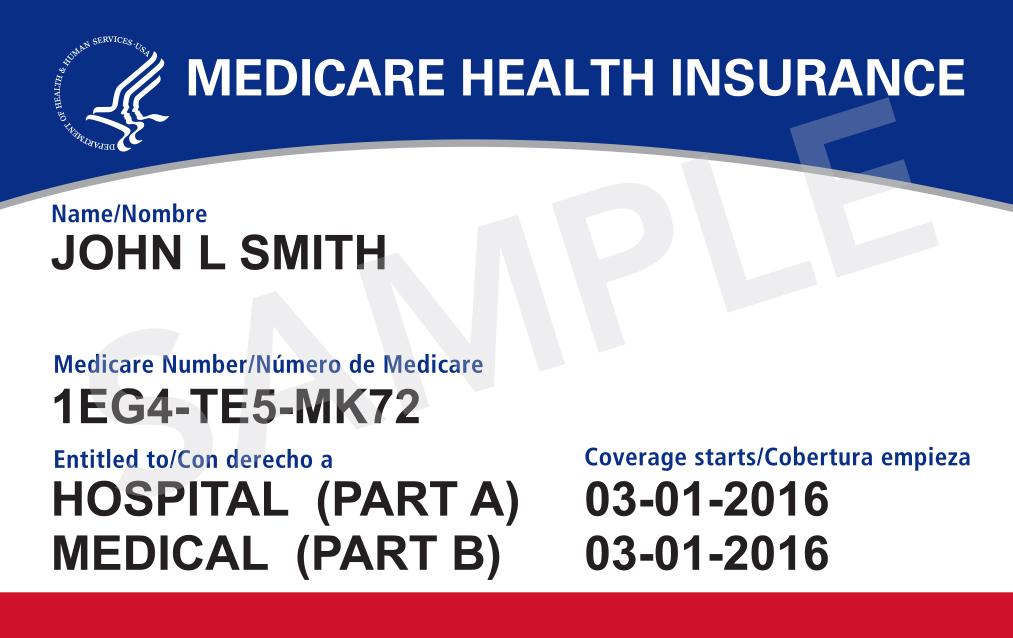Medicare is a health insurance program for people who are 65 or older, certain younger people with disabilities, and people with End-Stage Renal Disease (permanent kidney failure requiring dialysis or a transplant, sometimes called ESRD). Medicare has four parts: A, B, C, and D. Discussed the basics of each of these parts.
Part A
Part A covers these hospital services:
1. Hospital Stays
A covered inpatient stay in a hospital under Part A includes all the care and services provided. At the same time, you’re an inpatient, such as: “room and board,” general nursing and other services, and diagnostic tests. But it doesn’t include skilled nursing care, rehabilitation services, or certain other therapies that often take place in a hospital as part of your care.
2. Hospice Care
Hospice care is covered under Part A without paying extra for it. Still, Medicare doesn’t cover certain expenses that you might have while getting hospice care, such as transportation to your appointments or some meals prepared especially for you at home. You should check with your hospice provider about its payment policies says Medicare specialist from Clearmatch Medicare
3. Care in a Skilled Nursing Facility (SNF)
Once the beneficiary has been fully reimbursed for covered days by Medicare and other sources, they will be responsible for paying any remaining balance (coinsurance), plus room and board charges above the maximum co-payment. For the beneficiary, the coinsurance rate is 10% of the cost for each non-rehabilitative day in an SNF.
4. Home health care
Medicare covers home health care when it’s medically necessary. The patient needs either skilled nursing care (a nurse has to be involved) or physical, occupational, speech therapies (the patient can be in your home under any licensed healthcare profession). It also pays for part of the cost of short-term nursing home care after a hospital stay of at least three days.
Medicare Part B
Medicare part B covers these medical services:
1. Doctors’ Services
This includes most doctor services such as office visits and treatment by specialists if referred by a primary care doctor. However, it doesn’t include the services of chiropractors, dentists, podiatrists, or eye doctors (ophthalmologists).
2. Outpatient Care
This includes laboratory and x-ray tests that are done on an outpatient basis, ambulance service in some cases, physical therapy in a doctor’s office or another place for treatment prescribed by your doctor. And the services of certain health care providers at a hospital if needed to diagnose or treat your condition. It also includes medical equipment/supplies you might need while getting outpatient therapy. But this doesn’t include items used primarily for personal conveniences, such as crutches or blood pressure cuffs.
3. Preventive Services
Part B covers preventive services, such as an annual physical exam or the flu shot. Part B also covers certain screenings for cancer and other diseases, including mammograms and pap smears. These are explained below, so you know what’s covered.
4. Outpatient Rehabilitation
This includes services provided by a home health agency or outpatient physical therapy in your doctor’s office or another place that your doctor chooses. It also includes speech-language pathology services if these are needed to diagnose or treat your condition, whether they’re provided in your doctor’s office, at an outpatient clinic, facility, rehabilitation agency, hospital, nursing home (called “skilled nursing facility” under Part A), etc.
5. Preventive Care at Home
Medicare covers preventive care for home health patients, including the services of a visiting nurse, physical therapist, or speech-language pathologist to teach you how to manage your condition at home.
Part C – Medicare Advantage Plans (MA)
A Medicare Advantage Plan is a private health plan that contracts with Medicare to provide Part A and Part B benefits. Like original Medicare, these plans must cover all items and services covered by Parts A and B without charging any additional premiums. However, unlike original Medicare, which you can join if you’re enrolled in Part A and Part B, under certain circumstances, you may join a Medicare Advantage Plan if you’re enrolled in Part A and Part B. This is known as “open enrollment.”
Part D – Prescription Drug Plans (PDP)
You must enroll in Medicare Part A and Part B to join a PDP. You do not pay a monthly premium for Part D, but you must pay your share of the cost for each drug prescribed by your doctor (coinsurance) during 2018 – this is 25% for brand name drugs and 37% for generics. Your copay and payments will vary depending on the drug and how it’s used: you’ll likely pay less if it’s a generic than if it’s a brand-name drug. If you reach your annual limit, you’ll have to wait until the calendar year changes before you can join another PDP.
Eligibility
To be eligible for Medicare, you must meet both of these requirements: (1) You must be enrolled in Parts A and B of Original Medicare; (2) You must be a citizen or permanent resident of the United States.
Premiums
You pay premiums to stay enrolled in Part C. These vary depending on the plan you choose (each contract between Medicare & an insurance company sets its premium amounts). If your income is low enough depending on your state, you may be eligible for financial assistance and help from the Federal Government. If you’re an inpatient in a hospital or other facility, Medicare Part A will cover any costs that it doesn’t pay.
Medicare Advantage Plan vs. Original Medicare
While they both provide coverage for doctor’s services, outpatient care at hospitals, clinics, rehabilitation facilities, etc., home health agency visits, preventive services (such as flu shots), lab tests/ x-rays, ambulance service, physical therapy in doctor’s office or other place prescribed by a doctor – their benefits are different when it comes to outpatient prescriptions. To know more about what’s covered under each program, read below:
Conclusion
Medicare Advantage Plans (Part C) and Medicare Prescription Drug Plans (Part D) are different. Suppose you’ve enrolled in Part B of Original Medicare but not Part A under certain circumstances. In that case, you can join a Medicare Advantage Plan if you live in the plan’s service area if they have an open enrollment period. You can learn more about these plans at Medicare.gov.



